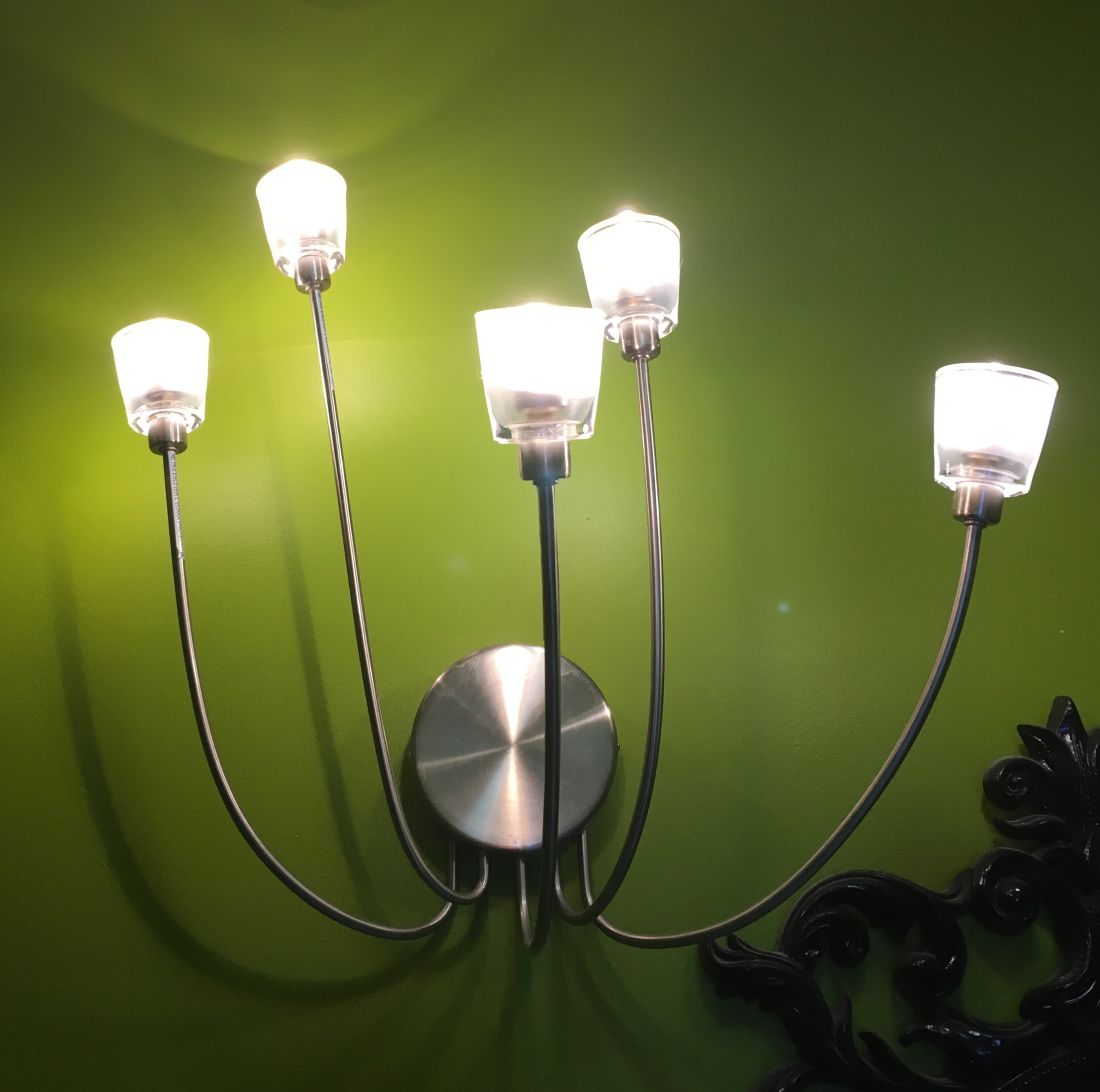You've come to the right place.
A Frank Discussion
Reading about insulation types is confusing, everyone has a bias (including us). Here is a frank discussion of the insulation types and their pros and cons. Which products we recommend depends on the project, the budget, and the goals to be met. We are not product people, we are solution people and will use whatever has the best chance to deliver results.
Cellulose
Description
80-85% recycled newspaper with fire and pest retardants added.
Pros
Probably the greenest material because it is mostly recycled. It also takes very little energy to produce it. Inexpensive. Does not lose R-value as the temperature drops. Provides a decent air seal when dense packed. (Dense packing is like putting 3 pounds of stuff in a 2 pound box. Check out this great video from our California friends Building Doctors about dense packing techniques.) It is harmful to bugs and may reduce mice and other critters from coming into the attic.
Cons
When wet the boric acid fire retardant is corrosive to metal and brick. If installed incorrectly in walls it is prone to settling. Absorbs moisture.
Our Take
For simple attics and uninsulated walls in older homes, we like cellulose. In attics it must be paired with proper air sealing or it could cause auxillary problems like mold and mildew. In walls when dense packed, it provides about the best air sealing possible without opening up walls, better than many types of retrofit foam insulation, in our experience. Be careful using it against brick or metal, as it can be corrosive.
Want a more detailed guide to sink your teeth into?
Fiberglass
Description
Spun glass fibers made just like cotton candy only at 2000 degrees. Not as tasty, either.
Pros
Essentially non-combustible. Non-corrosive. Fairly inexpensive. Sold everywhere. 30-40% recycled, the rest is sand which is a rapidly renewable resource. Decent R-value/inch. Does not absorb moisture. Will not support mold/fungus.
Cons
Itchy. Can perform very poorly if air can blow through it, which happens in attics and often inside walls that are poorly sealed. Loses substantial R-value as temperature falls, approximately 20% at 30 degrees and 50% at -20 degrees. Slightly more expensive than cellulose.
Our Take
Cellulose performs better and costs slightly less, an extremely rare combination, so we tend to use it over fiberglass. Where knob and tube wiring is involved, or brick, or a number of other potential factors, fiberglass can be a better option. Recent research indicates it air seals fairly well when dense packed.
Open Cell Foam
Description
Typically water based and very light density, this foam has the consistency of angel food cake. It weighs about .5 pounds per cubic foot. Air bubbles inside foam burst open, hence it is called ‘open cell’. Some types of open and closed cell foam have a soy base, although this soy base is still typically accompanied by strong chemicals.
Pros
Excellent air seal. Typically about half the cost of closed cell foam, which is part of its popularity. Lower expansion pressures when curing, some types can be used in existing walls without breaking drywall.
Cons
Poor R-value only equal to cellulose for 2-3 times the cost of cellulose. Tends to absorb moisture. Chemicals used while installing it are pretty nasty and often state that no humans should go inside the building for 2-7 days after installation. Not particularly green.
Our Take
Only for warm climates or soundproofing.
Closed Cell Foam
Description
Typically oil-based, high density (1.25-2 pounds per cubic foot) hard foam. It is a fairly mature product that has been out for 30+ years. Made of 2 parts, it catalyzes when mixed and cures quickly. Air bubbles inside (cells) do not burst, hence the ‘closed cell’ designation.
Pros
Fantastic air seal, nothing else can touch it. Will stick to dirty surfaces. Low shrinkage, so it won’t pull away from edges if installed correctly. High R-value/inch. Reduces moisture transfer.
Cons
Strong chemicals involved. Occupants need to leave the home during installation and for 24-48 hours after installation while product off gasses. Good ventilation needs to be provided to move off gassing chemicals out of the house.It is oil based, so it is not very green. More expensive than all other common insulation types. All forms are somewhat combustible.
Our Take
Reducing air leakage is the most important part of most jobs. Closed cell foam does a better job than any other insulation type. From experience, R-20 foam performs at double or triple its rated R-value. A great option for complicated attics.
Radiant Barriers/Reflective Insulation
Description
Tin foil on steroids. Originally called Multi-Layer Insulation by NASA who invented it for the Apollo missions, it is typically 2 sheets of foil with a different type of thin insulation between them, either bubble wrap or fiberglass. They reflect radiant energy. Sunlight is the best example of radiant energy, campfires are another example. Our bodies also produce a lot of radiant energy which is why emergency road kits often include a foil blanket. Beware, though, lots of snake oil surrounds this product.
Pros
Reflects 97-98% of radiant energy. Great to use with radiant floors. High fire rating, so it can be left exposed in many areas. Relatively inexpensive. Easy to install, staples up. Inexpensive option for covering fiberglass in knee walls.
Cons
Need 1” or more of open air space on each side to reach their full R-value. Not effective in northern climates for reducing air conditioning bill. Ridiculous energy savings and R-values are often claimed.
Our Take
This is a very versatile and useful product. It restores R-value when we cover fiberglass in knee walls, it is nearly fireproof so we build boxes over recessed lights out of it, there are nearly endless uses for reflective insulation. That said, there is a lot of snake oil around these products, so take extreme claims with a grain of salt.
Oak Ridge National Laboratory Radiant Barrier Fact Sheet
Rock Wool
Description
Very similar to fiberglass, rock wool or mineral wool is made from slag, the remains of the steel making process.
Pros
Handles heat very well. Used as a firestop in commercial buildings. Good sound absorption, the best by a small margin. High recycled content.
Cons
Itchy. Somewhat hard to find. Rare in blowing wool form.
Our Take
This is a nice product for using in high heat areas around chimneys and flues.
Air Krete
Description
Essentially very, very light density concrete that goes in your walls in foam form.
Pros
Non allergenic, extremely mild chemicals, very good R-value/inch, does not shrink, does not break drywall.
Cons
About 3 times the price of cellulose or fiberglass.
Our Take
Worth considering for brick homes, it can be installed through small holes. No data on air leakage reduction, so we can’t give a strong recommendation.
Want the Deep Dive? Download Our Free Insulation Types Guide!










